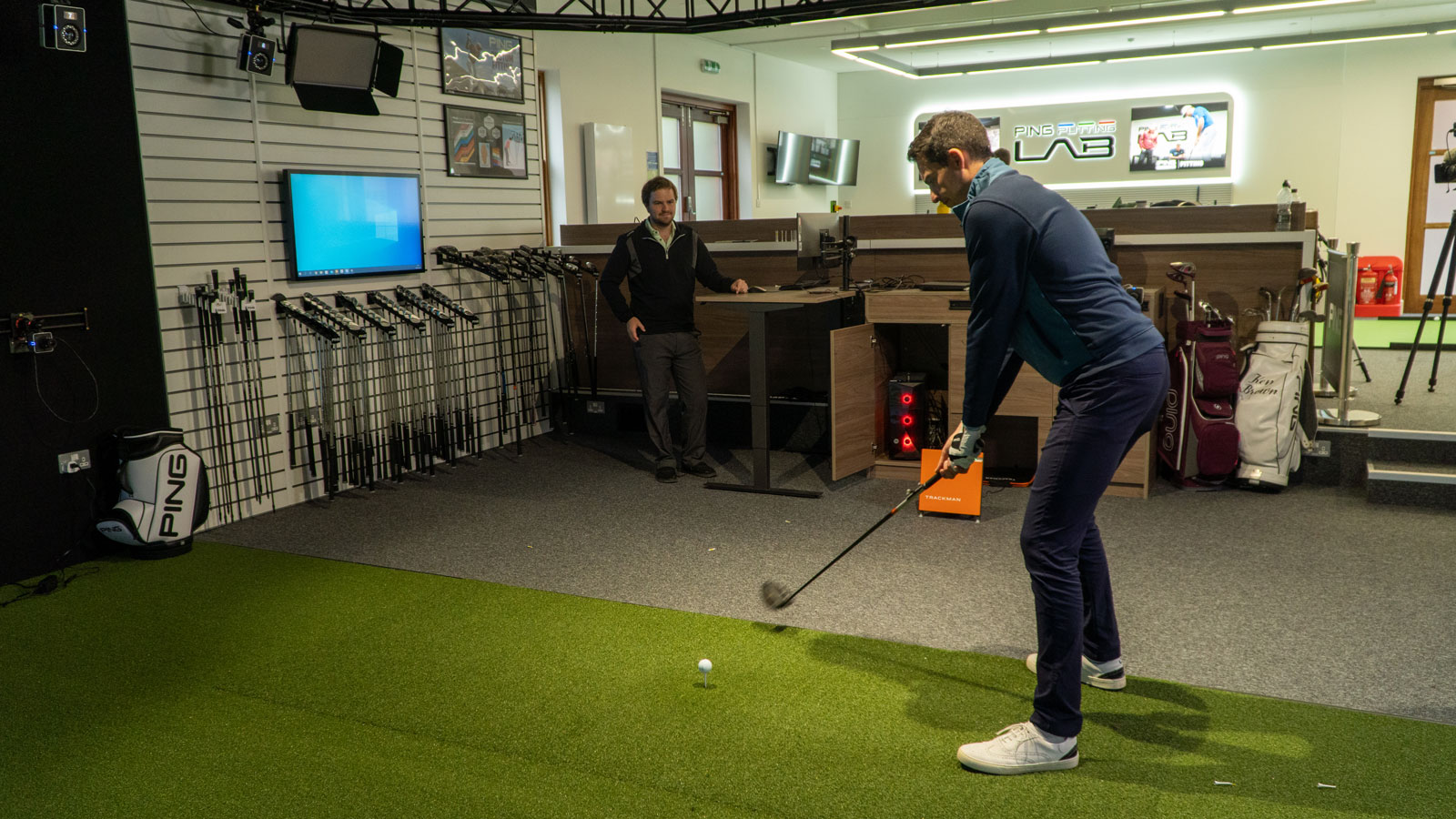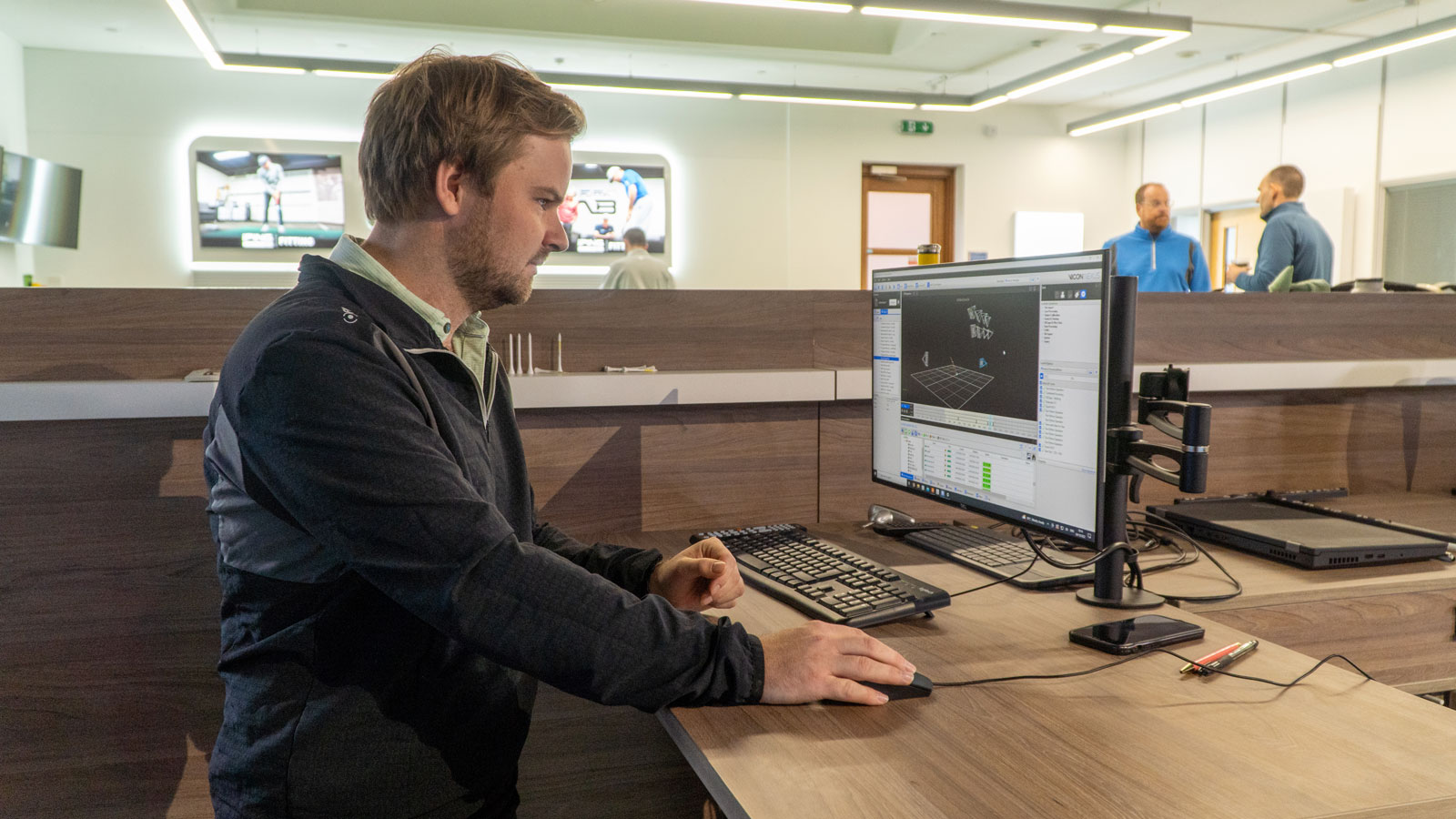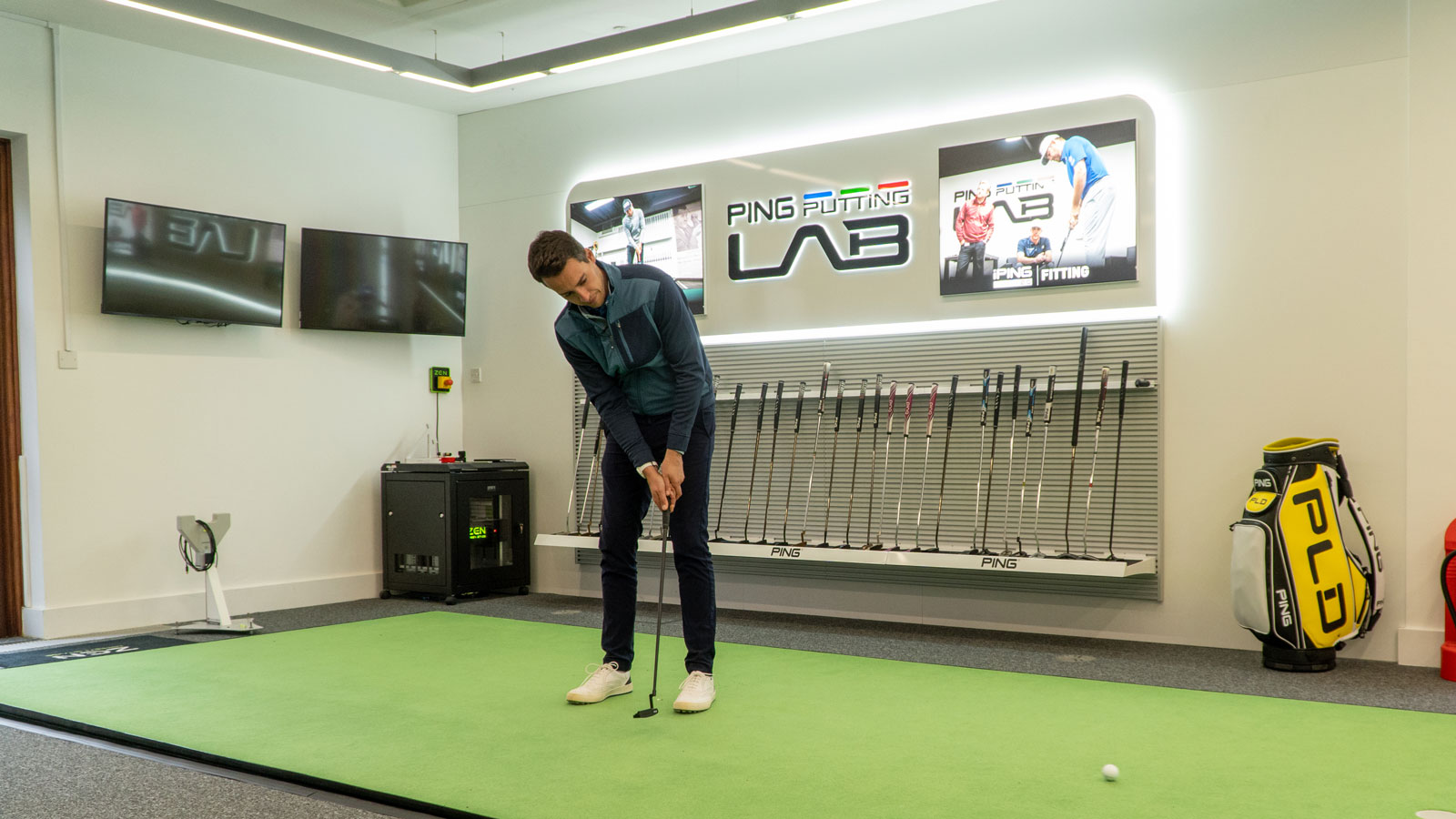How Ping's New State-Of-The-Art Facility Is Shaping Tomorrow's Product
We take a sneak peak inside the new Ping Performance Research Centre at Loughborough University to see how cutting-edge technology is shaping the future of golf club design


How Ping's New State-Of-The-Art Facility Is Shaping Tomorrow's Product
Discovering the ‘how’ of a golf swing is a quest golf club manufacturers have been diligently pursuing for decades. How does a player create momentum? How does a player strike a ball? How does a player start the downswing? One brand is taking this research of the ‘how’ to the next level with its new state of the art research centre dedicated to answering these sorts of questions as it looks to design the next great golf club to hit the market.
See what goes on inside Ping's Performance Research Centre at Loughborough University
Based at Loughborough University in the East Midlands and opened in July 2022, the Ping Research Centre is a state of the art, £15 million facility based at the university’s Science and Enterprise Park that features a bespoke measurement system for analysing every inch of the golf swing. Complex as the technology in this facility may be, it is giving researchers a significantly increased understanding of the ‘how’ in the golf swing and will guide generations of Ping equipment for years to come.
Johnathan Shepard, who runs the facility, gave Golf Monthly a unique insight into the technology that drives the development of the latest Ping equipment and spoke about why the collaboration between Ping and Loughborough has been so fruitful less than a year into the facility opening on campus.
“The synergism between us at Ping trying to push the barriers of what’s possible in sporting performance and developing sports technology alongside Loughborough University that is perfectly set up in sports performance is kind of a marriage made in heaven.” The facility features two distinct zones designed to help maximise club development across clubs that cover the entire bag. The main feature of the lab is the full swing area that features Focal, a state-of-the-art motion capture system that captures images of the golf swing at 800 times per second.

“Using this space, we’re really trying to dig into how an athlete interacts with equipment and to ultimately understand what we’re potentially leaving on the table in our design and technology processes,” Jonathan explained. “Our motion capture technology allows us to deeply understand how and why a golfer gets to a specific point at impact and why the ball reacts the way it does.”
Get the Golf Monthly Newsletter
Subscribe to the Golf Monthly newsletter to stay up to date with all the latest tour news, equipment news, reviews, head-to-heads and buyer’s guides from our team of experienced experts.
While the space features launch monitors and a screen to display ball flight and distance, the motion capture technology is much more what Johnathan and his team are interested in. “Launch monitors are great of course but they don’t tell you the ‘how’ they only show you the ‘what’,” he explained. “That story of how someone generates power and how someone elicits momentum is really critical in order to understand how we can better design the next piece of Ping equipment for a wide range of golfers.”

The second zone in the centre focuses on putting. Jonathan and his team have access to a moveable Zen Green Stage to help create an environment that helps them create an infinite amount of putting scenarios. “I’ve been able to go out and 3D scan some real life greens from the local area and transfer them onto the Zen Green Stage. It allows us to create some real life scenarios indoors and create some really tricky putts. It also allows us to study the behaviour of a golfer when presented with a wide variety of putts and study the art of putting in a controlled environment.”
It’s worth noting that this facility isn’t just to help create the best Ping drivers or make the best Ping irons for its Tour pros, but to make equipment that can be utilised by golfers across the handicap spectrum. “We’ve collected around 70,000 swings from all walks of life and all types of golfers. We’ve used that data to really understand how to optimise aspects of performance in the technology of a golf club. So whether that’s looking at what happens to a swing if we tinker with alignment features or lengths of clubs, we can get a really good understanding of what behaviour that is going to elicit and what’s going to change during the swing.”
Still in its early days of use at the Loughborough campus, the Ping Performance Research Centre is clearly making a significant contribution to the way the latest range of Ping golf clubs are designed. With engineers quickly learning what works and why in the golf swing of tens of thousands of individuals, it will be fascinating to see how this translates into hardware innovation in the years to come. If the recently spotted Ping G430 drivers are anything to go by, there’s lots to get excited about from Ping.

Dan has been with Golf Monthly team since 2021. He graduated with a Masters degree in International Journalism from the University of Sussex and looks after equipment reviews and buying guides, specializing in golf shoe, golf bag, golf cart and apparel reviews. Dan has now tested and reviewed over 30 pairs of golf shoes and is an expert in the field. A left-handed golfer, his handicap index is currently 6.5 and he plays at Fulford Heath Golf Club in the West Midlands.
Dan's current clubs:
Driver: Ping G440 Max 9°
Fairway: Ping G440 Max 15°, Ping G425 Max 20.5°
Irons: Cobra King Tec Utility, Ping i230 (5-PW)
Wedges: Ping Glide Forged Pro
Putter: TaylorMade Spider Tour X
Ball: Titleist Pro V1
-
 Chevron Championship Tee Times: Rounds One And Two
Chevron Championship Tee Times: Rounds One And TwoA look at when the players are teeing it up in the opening two rounds of the Chevron Championship - the first women's Major of the year
By Mike Hall
-
 Charley Hull Social Media Video Reveals Brutal Weather Conditions Ahead Of Chevron Championship
Charley Hull Social Media Video Reveals Brutal Weather Conditions Ahead Of Chevron ChampionshipCharley Hull has added a video to her Instagram stories showing strong wind and heavy rain in Texas ahead of the first women's Major of the year
By Mike Hall